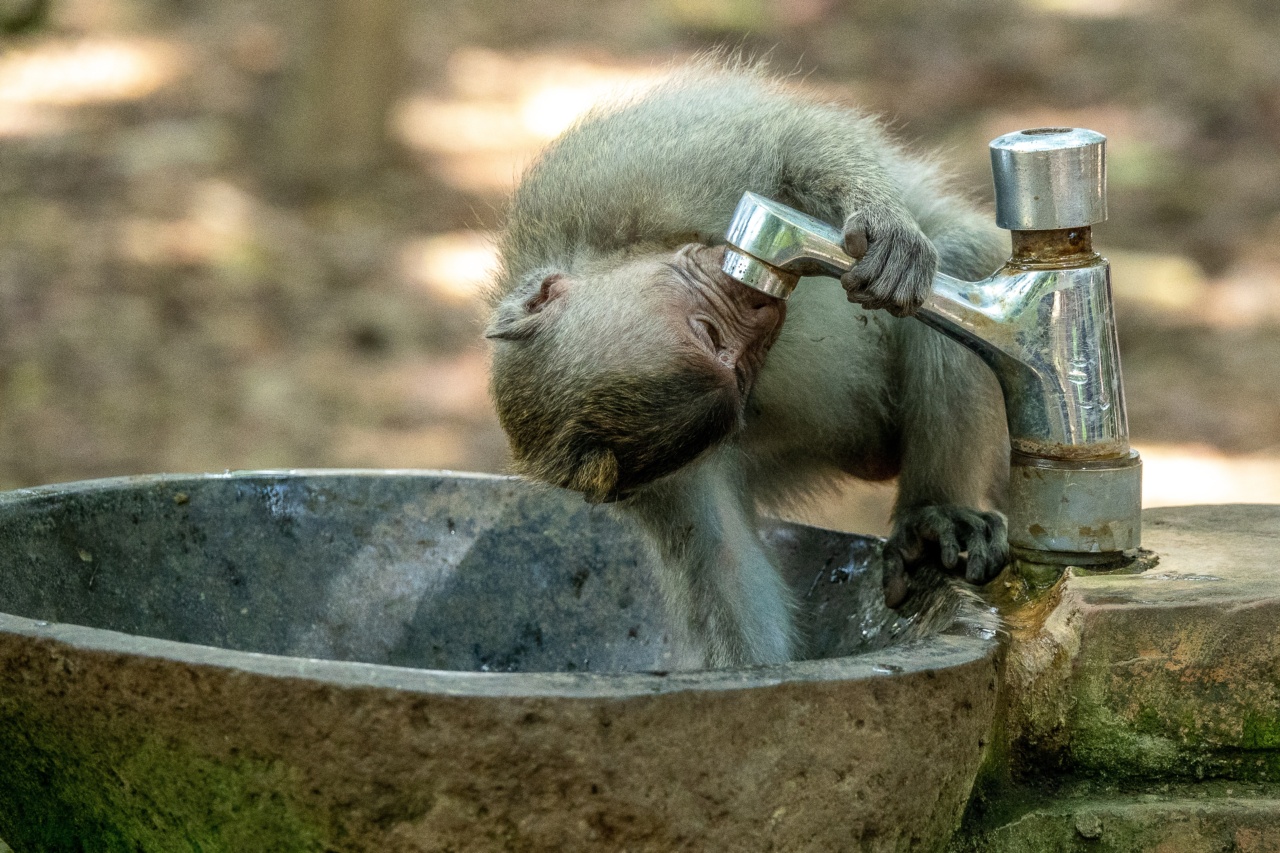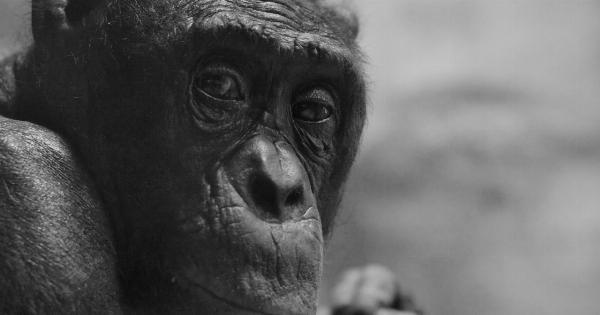Monkey pointing behavior has been a topic of discussion among researchers for several decades. The behavior involves a monkey pointing its index finger at an object, a gesture that is believed to indicate communication and intention.
Primates have been observed performing this behavior in the wild, and recent research suggests that the behavior is spreading among monkeys in captivity.
What is Monkey Pointing Behavior?
Monkey pointing behavior refers to the gesture in which a monkey extends its index finger to indicate an object or a location.
The behavior is believed to be a form of communication and is seen as a key indicator of the animal’s cognitive abilities. Studies have shown that monkeys can use this behavior to request food, communicate danger, and even teach other monkeys.
Early Reports of Monkey Pointing Behavior
The first reports of monkey pointing behavior come from studies conducted in the 1980s. Researchers observed monkeys in the wild using the gesture to communicate with one another.
They found that the behavior was not limited to a particular species of monkey and seemed to be present in primates across different regions.
Experimental Studies of Monkey Pointing Behavior
Experimental studies of monkey pointing behavior were conducted in the 1990s. These studies were designed to test the cognitive abilities of primates and to determine if the behavior was a sign of higher intelligence.
The studies revealed that monkeys could use the gesture to communicate their intentions to humans and other monkeys.
The Spread of Monkey Pointing Behavior in Captivity
Recent research suggests that monkey pointing behavior is spreading among monkeys in captivity. This behavior was initially observed in a group of macaque monkeys at a research facility in Japan.
Some of the monkeys in the group had learned the gesture from other monkeys and were using it to communicate with humans and other primates.
The Implications of Monkey Pointing Behavior for Primate Research
Monkey pointing behavior has significant implications for primate research. Studies of monkey behavior in the wild are essential to our understanding of primate cognition and evolution.
The spread of monkey pointing behavior in captivity suggests that captive populations of animals may be developing their own cultural practices, and that these practices may be spreading among individuals.
Monkey Pointing Behavior and Human Language
Some researchers have suggested that monkey pointing behavior may have implications for our understanding of human language.
The gesture is similar to the pointing behavior observed in human infants, and some researchers believe that the behavior may have played a role in the evolution of language.
Conclusion
Monkey pointing behavior is an important area of research in primate cognition. The gesture is a sign of higher intelligence and is believed to be a form of communication and intentionality.
Recent studies have shown that the behavior is spreading among monkeys in captivity, which has significant implications for our understanding of animal cognition and for primate research in general.































